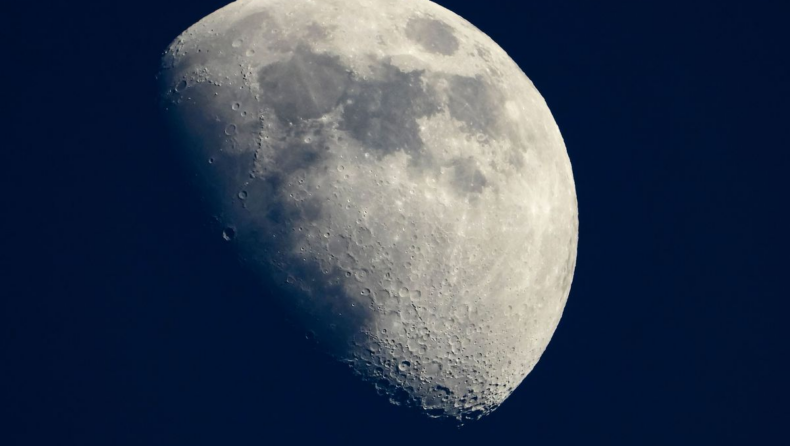Under its Lunar Program Chang’e , the discovery of new material Changesite- (Y) prompts China to dispatch three more lunar orbiters to the moon.
The space agency of China, China’s National Space Administration, has been approved to dispatch three orbiters to the moon. The agency, regarded as the equivalent of the US’s NASA, started operating back on October 24, 2007.
Therefore, as part of the Chinese Lunar Exploration Program, the agency has been commissioned to send three unmanned lunar orbiters to the moon in search of traces of more precious minerals. Moreover, the agency has been tasked with looking for reserves of that mineral Changesite- (Y). This Chinese mission will unfold over the span of the next 10 years.
About the Mineral Changesite- (Y)
The Chinese state media reported that the mineral Changesite-(Y) was found in the samples obtained from one of its missions known as Chang’e 5. This Chinese Lunar Mission is named after the Chinese moon goddess Chang’e. It was discovered by the Beijing Research Institute of Uranium Geology. It is the 6th mineral discovered on the lunar surface by humans.

The mineral is described as a colorless, transparent, columnar crystal that contains a helium-3 isotope. To authenticate its discovery, it has been included in the records of the International Mineralogic Association. The particle is 10 microns in length, thinner than a bacteria cell. It is one-tenth of the human hair.
The 1.7 kg of rocks obtained by the rover were not dense in the mineral Changesite-(Y) yet the scientists managed to isolate at least a single particle of the desired mineral.
Read More- China’s Space Station Plans
The Chinese Lunar Exploration Program
The Chinese government commenced this ambitious moon and space program back in 2007. It is an ongoing series of robotic Moon missions led by the China National Space Administration. It took its last flight on October 23, 2014.
The missions included in this program include Chang’e 3, Chang’e 5 T1, Chang’e 1 and Chang’e 2. The agency is focused on sample collection from the lunar surface to test for traces of water and other precious minerals. A newly commissioned unmanned space orbiter called Chang’e 7 will explore the South Pole of the moon, an extremely isolated place on the satellite.
The agency hopes to send manned missions to the moon, including astronauts, to mark China’s presence on the moon. Moreover, the discovery of this mineral has placed China in the 3rd spot after the USA and Russia in terms of discovering minerals on the lunar surface.
Plans for Chinese Space Exploration
The Chinese government hopes to compete with the top western space agency, NASA, in the domain of lunar missions. The Chinese Space Agency has already dispatched several moon orbiters to explore the lunar surface. Moreover, the Chinese government plans to put a space station in orbit around the moon to accommodate future space missions.
The discovery of this mineral by the Chinese rover has strengthened the position of the Chinese Space Agency in the race to space. China also has its eyes on the Red Planet Mars, hoping to land an exploration rover soon. This has sparked several debates and controversies between NASA and China’s National Space Administration.
The downside of these missions
According to several reports, it has been observed that such space missions leave a lot of debris in the earth’s orbit. The propellers used in the rocket form the major chunk of this debris. This threatens future space missions and explorations.

But this problem has sparked a new category of businesses claiming to be able to remove debris through several technologies. Moreover, these missions have been subjected to several controversies and political claims. Several experts question the amount of money spent on these missions instead of diverting them to social causes. The estimated cost for the Chinese Chang’e Missions has been $ 180 million.
About The Chang’e 5 mission.
This space mission involved four components that weighed 8,200 kg. These components rotated in space while the orbiter went down to the moon’s surface. Later on, the samples were propelled back into orbit with the help of a collector. On the same day, samples of lunar rocks were delivered to Earth.
Hence, it can be said that future moon missions will bring light to new discoveries.













